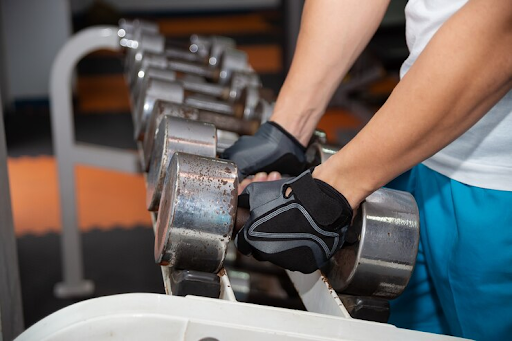In industrial and manufacturing environments, pneumatic cylinders play a crucial role in powering machinery and ensuring efficient operations. These devices convert compressed air into linear motion, driving processes across various sectors from automotive assembly lines to packaging facilities. However, like any mechanical component, pneumatic cylinders require regular maintenance and repairs to maintain peak performance and longevity.
Understanding Pneumatic Cylinders
Pneumatic cylinders are essential components that convert the energy from compressed air into mechanical motion. They consist of a cylindrical chamber (barrel), a piston rod, and end caps that house seals to prevent air leakage. The piston moves back and forth within the cylinder when compressed air enters, generating linear motion that drives machinery or equipment.
Common Issues with Pneumatic Cylinders
Over time and with extensive use, pneumatic cylinders can develop various issues that affect their performance:
- Leakage and Seal Damage: Seals within the cylinder can wear out or become damaged, leading to air leaks and reduced efficiency.
- Piston and Rod Wear: Continuous friction and movement can cause wear on the piston and rod, affecting smooth operation.
- Misalignment or Bent Rods: Improper installation or accidental impacts can cause rods to bend or become misaligned, impacting cylinder performance.
Importance of Timely Repairs
Timely maintenance and repairs of pneumatic cylinders are critical for several reasons:
- Optimized Performance: Repairs help maintain the cylinder’s efficiency and reliability, ensuring consistent operation and minimizing downtime.
- Cost Savings: Addressing issues promptly prevents more extensive damage that could lead to costly replacements or major repairs.
- Safety: Properly functioning cylinders contribute to a safer work environment by reducing the risk of unexpected failures or accidents.
Repair Process
Repairs are always important to avoid expensive and repeated troubleshooting. Effective pneumatic cylinder repairs involve a systematic approach:
- Inspection: Technicians conduct a thorough inspection to diagnose issues such as leaks, wear, or misalignment.
- Replacement of Seals and Components: Damaged seals, rods, or other components are replaced with high-quality parts to restore functionality.
- Testing and Calibration: Repaired cylinders undergo rigorous testing to ensure they meet operational specifications and are calibrated for optimal performance.
Choosing a Reliable Service Provider
When seeking pneumatic cylinder repair services, selecting a reputable provider is crucial. Consider the following factors:
- Expertise and Experience: Choose a service provider with extensive experience in repairing pneumatic cylinders across various industries.
- Quality of Service: Ensure the provider uses high-quality replacement parts and adheres to industry standards for repairs.
- Customer Support: Opt for a service provider that offers responsive customer support and timely turnaround times.
Do not ignore any of these factors when hiring a reliable service provider to have best and high quality cylinder repair services.
Conclusion
In conclusion, pneumatic cylinder repairs are essential for maintaining efficient industrial operations. Regular maintenance and timely repairs not only extend the lifespan of cylinders but also enhance safety and reduce operational costs. By partnering with a trusted repair service, businesses can ensure their equipment operates at peak performance, contributing to overall productivity and profitability in the long run.

